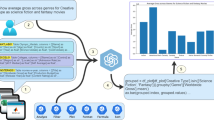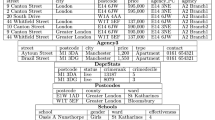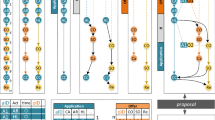Abstract.
Object-oriented databases (OODBs) have been utilized for complex modeling tasks within a variety of application domains. The OODB schema, typically expressed in a graphical notation, can serve as a useful presentation tool for the information contained in the underlying OODB. However, such a schema can be a large, complex network of classes and relationships. This may greatly hinder its effectiveness in helping users gain an understanding of the OODB’s contents and data organization. To facilitate this orientation process, a theoretical framework is presented that guides the refinement\/ of an existing schema’s subclass-of\/ relationship hierarchy – the backbone of any OODB. The framework sets forth three rules which, when satisfied, lead to the establishment of a collection of contexts, each of which exhibits an internal subclass-of\/ tree structure. A formal proof of this result is presented. An algorithmic methodology, involving a human–computer interaction, describes how the approach can be applied to a given OODB schema. An application of the methodology to an example OODB schema is included.
Similar content being viewed by others
Author information
Authors and Affiliations
Corresponding author
Rights and permissions
About this article
Cite this article
Gu, H., Perl, Y., Michael Halper et al. Contextual Partitioning for Comprehension of OODB Schemas. Know. Inf. Sys. 6, 315–344 (2004). https://doi.org/10.1007/s10115-003-0102-0
Received:
Revised:
Accepted:
Published:
Issue Date:
DOI: https://doi.org/10.1007/s10115-003-0102-0




